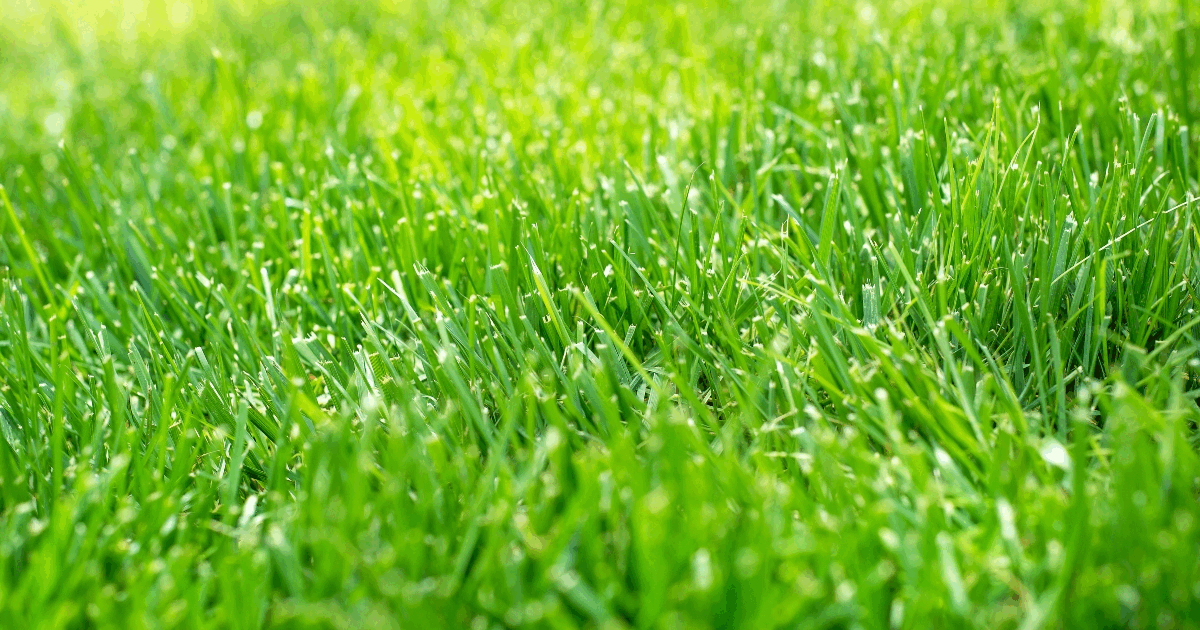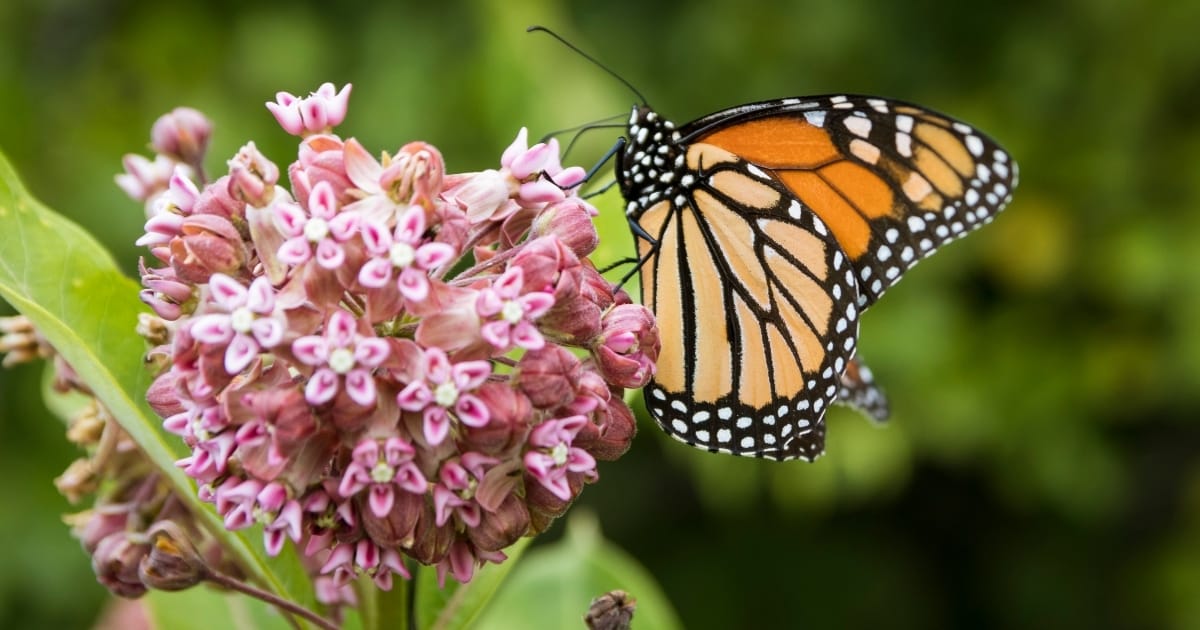- Fraser Valley Current
- Posts
- The lawn dilemma
The lawn dilemma
As cities endorse 'ugly' lawns, their rules discourage 'unsightly' replacements that might be better for the environment.

Consider the lawn.
For decades, verdant expanses of green grass have been seen as the aesthetically pleasing embodiment of the perfect neighbourhood. Lawns mattered so much that many communities enacted laws regulating their height. Letting your grass grow shin height could net you not just bad looks from neighbours, but fines from uniformed officers.
The last decade has seen a reconsideration, of sorts.
Lawns consume large amounts of water. And there are few greater sins than water wastefulness in an era of increasingly dry summers and expensive water infrastructure. And as our grass increasingly goes brown in the summer, we’re losing what makes lawns good, beyond the aesthetics.
But finding tolerable replacements for lawns won’t be easy. And while the grass might be greener on the other side, it might also be illegal.

📷 loveaum/Shutterstock
The people vs. lawns
A lawn can be a lot of things. It can be a play area. It can be a cooling centre. It can be a picnic mat. It can be a canvas. But often, it’s low-maintenance vegetation is seeded to keep one’s front yard from becoming a mud pile or sandscape.
Lawns began to pop-up in Europe in the 18th Century on wealthy estates. The concept was brought over to the Americas and adopted, over time, on a smaller scale in towns and cities.
They were versatile and could be obsessed over, or quickly hacked down by a mower. As homes were pushed back from streets in sprawling communities where land was cheap, lawns came to dominate the front yards of homes, where their primary function was to look nice.
Land was plentiful. So, it seemed, was water (and the systems that delivered it to humans).
It was a different time.
Today, while many homeowners still cherish their lawns, they’ve also been labelled by urban planners, ecologists, and water conservation groups as the embodiment of wasteful, inefficient, and environmentally unfriendly city planning and policies. And their case is good.
Water woes
The most obvious problem with lawns is just how much water they use, and how little water communities have these days during summer.
To keep them green, lawns require a lot of water. (The City of Chilliwack, for instance, says lawns consume as much as 30% of a municipality’s water.) Many lawn species aren’t native to North America and don’t naturally grow well here. And because their roots are relatively short, grass can’t access deeper reservoirs of water in the ground. So water applied to grass doesn’t just end up in a relatively low-use plant, but much of it either evaporates into the air, or dissipates into the ground below. One reason annual restrictions reduce residents’ lawn-watering to certain times of the day is to reduce this unnecessary wastage in times of limited availability.
The water challenge is linked both to increasingly frequent droughts and our water systems.
There are both ecological and financial limits on the amount of water that humans can access during droughts. It is increasingly recognized that we can’t suck rivers and lakes dry without serious consequences for fish and vegetation.
There are still-untapped water sources in the Fraser Valley, but getting at that water—whether by constructing pipes to new mountain lakes or new wells to access groundwater—is massively expensive. The end result is that humans end up having to triage who gets water during increasingly dry Lower Mainland summers.
Lawns, then, aren’t viewed as a priority, especially given how much water they use.
And for good reason, UBC urban forestry professor Andrew Almas says
“There’s almost no utility for a lawn,” Almas told The Current. “Especially in the Pacific Northwest where…we have watering restrictions, they all just dry out anyway, so we end up having these hay fields for the summer months.”
At the same time, the only thing less useful than a green lawn is a brown lawn.

📷 Shutterstock/PowerUp
The case for grass
Lawns aren’t totally societally useless.
Like all living plants, they contribute a degree of cooling to their environs.
The urban heat island effect that can make cities dramatically hotter during major heat waves is largely a result of a lack of greenery and the cooling effect they can bring to landscapes. Plants cool the air through “transpiration”—essentially by releasing water vapour into the air. And while lawns may not be the most efficient or effective natural air conditioners, scientists have found that they do help keep city temperatures down.
Indeed, the amount of water that lawns consume is also one of the things that makes them decent at mitigating heat.
The trouble, though, is that our lawns are increasingly unable to play a cooling role either.
Lawns are uniquely hardy, local horticulturalist Bill Hardy says.
“Turf grass is one of the only things that you can turn off and leave to cook all summer that [the heat] doesn't kill because about 90% of your standard grass plant is below the ground,” he said. (Similarly, a snow-covered lawn can bounce back in spring.)
That hardiness means cities can tell residents to let their lawns go brown in the name of conserving water without long-term consequences for each plot of grass. The move can be good for a community’s water situation (and its infrastructure budget). But Hardy notes that it leaves a region susceptible to even higher temperatures.
“When you turn off every lawn in a major metropolitan area with a lot of lawns, you create an urban heat island,” Hardy noted. “When you turn all of the lawns off, you turn off the air conditioning value.”
Those brown lawns also become compact, dry, and less able to absorb rain when it falls. Instead, much of the water ends up as runoff.
The water fix
Hardy recognizes that lawns often aren’t an ideal use of our yard-space.
But they are there, and Hardy would like to see cities try to find ways to preserve their usefulness, when possible.
“Whether we want it or not, if you look at a satellite image of Chilliwack, you’ll see a lot of lawns.”
Pumping fresh water into those lawns during summers like that of 2023 is never likely to be possible. But Hardy says we should think about how we can design more efficient water systems to prolong our lawns’ greenery.
The same water that comes out of your tap is used in toilets and lawns. That doesn’t make a ton of sense, Hardy says, especially in a place with so much spring rain for most of the year.
And in summer, gray water systems—used water from bathtubs and laundries—could offer another source of water that would otherwise simply go down a drain.
“We should have dual systems in cities where rainwater is harvested and stored and used for non-potable services,” he said. “We should not be watering our landscapes [with potable water] in a place like the Lower Mainland where it rains so much.”
But the long-term solution, both Hardy and Almas, say, is finding alternatives to lawns that provide similar or better benefits, without the drawbacks of decorative grass.
And the increasingly popular artificial turf popping up on yards across the region isn’t the answer, Almas said. Replacing grass with artificial turf is “about the worst thing you could possibly do for the urban heat island,” Almas said. “It just takes in the sun and, of course, it’s fake so there’s no evapo-transpiration happening. It’s just purely magnifying the heat of the sun and holding it in the soil” (or fake soil).

MIlkweed is a favoured plant of monarch butterflys, but is often considered an unsightly weed by municipalities. 📷 Catherine Avilez/Shutterstock
The replacements
In the 21st Century, you might not be able to get the grass you want, but maybe you can still get the yard you (and your environment) need.
The question for Almas is: “How can we have this area be similar to a lawn but perhaps with species that are less water intensive?”
The answer is going to depend on the property, the location, and the users of the land. And each comes with its pros and cons.
Gardens with shrubs planted closely together with mulch around them is one possibility. The mulch holds moisture in the ground, while the shrubs help cool one another. However, on top of potential maintenance requirements, mulch is discouraged in areas where wildfires present a danger.(FireSmartBC has published a guide on how to create a safe yard.)
Others advocate for clover lawns. They have some of the same benefits of grass lawns. But because the clover has deeper roots, the plants can draw more moisture from the ground and require less watering. Clover can also spread into other areas and wears down quicker than grass under foot traffic, but those downsides are relatively limited.
Then there are the “butterfly meadows/gardens”—essentially expanses of butterfly- and pollinator-friendly (and local) flowers and grasses of varying heights that require low maintenance and can be mostly left mostly to their own devices. The precise make-up of such gardens can vary, but the general idea is to return one’s yard to a (relative) state of nature.
This option, though, can leave you battling your own city officials.
When he lived in Ontario, Almas planted one in his own yard with goldenrod, milkweed, and other native plants.
Then the law came knocking.
If Almas had installed heat-absorbing plastic grass, he’d have been fine. But because his yard was too natural, a bylaw officer told him he was breaking the law. He said he was told his front lawn was “too long” and one of the plants (milkweed, a native plant) was classified as a noxious weed.
Almas said that after he made a fuss, milkweed was removed from the naughty-plant list. But he said the experience shows the barriers slowing the transition from lawns to something more environmentally (and financially) sustainable.
“There are these institutional blockades that we have to get past as well,” he said. “Why do we have property standards bylaws? Why are they enforcing us to have a lawn?”
And part of the issue comes down to societal norms about what type of yard is considered pleasing to look at, and what is considered unsightly—and thus, in most communities, illegal.
“Why does my lawn have to be a putting green, especially when we’re talking about water restrictions?” Almas asked. “There are social hurdles that we have to climb before we can even think about implementing what we might consider to be other effective greening solutions.”
Coming up: How does your local community regulate “unsightly” lawns? Make sure you’re subscribed to The Current’s daily newsletter to learn how your municipality polices its lawns.
If you read and appreciate our stories, we need you to become a paying member to help us keep producing great journalism.
Our readers' support means tens of thousands of locals in the Fraser Valley can continue getting local news, and in-depth, award-winning reporting. We can't do it without you. Whether you give monthly or annually, your help will power our local reporting for years to come. With enough support, we’ll be able to hire more journalists and produce even more great stories about your community.
But we aren’t there yet. Support us for as low at $1.62 per week, and rest assured you’re doing your part to help inform your community.
Join us, make a difference, and become a Fraser Valley Insider member today.
- Tyler, Joti, and Grace.
Reply